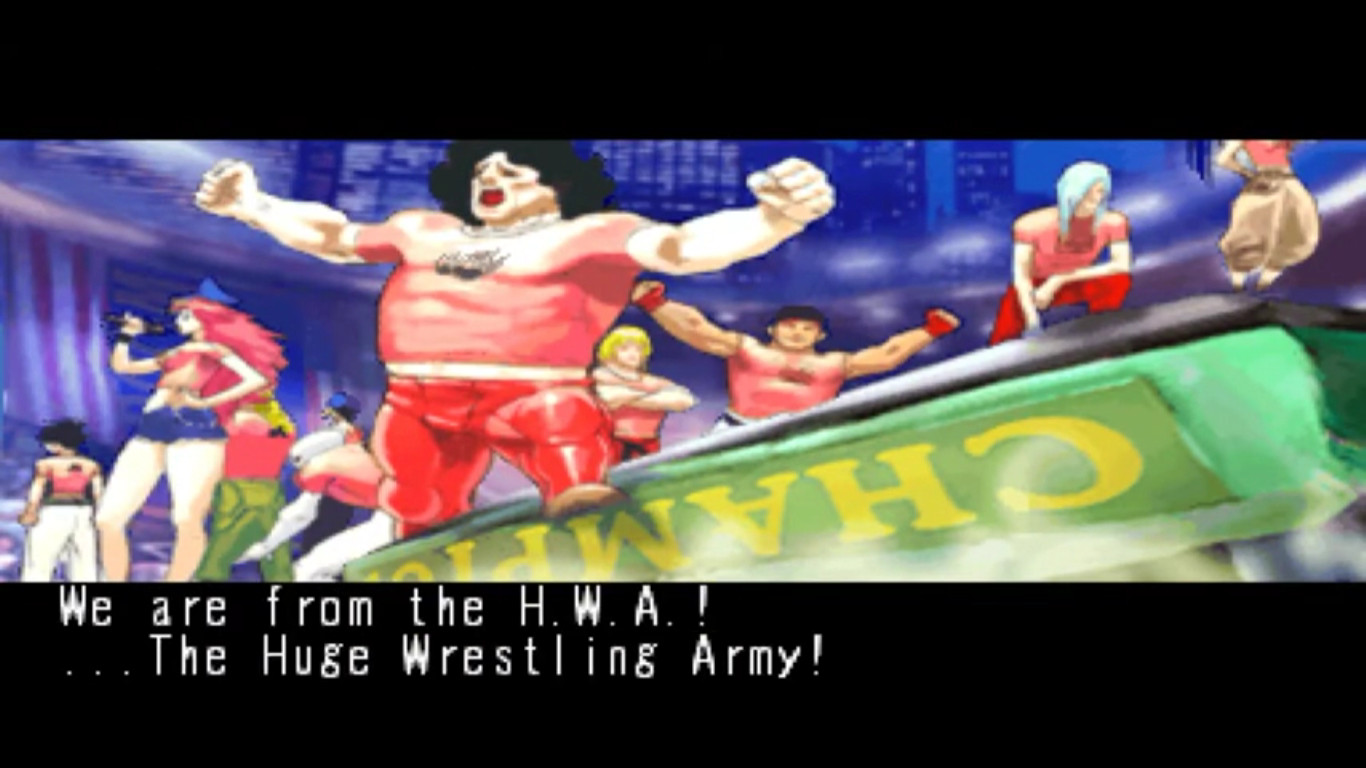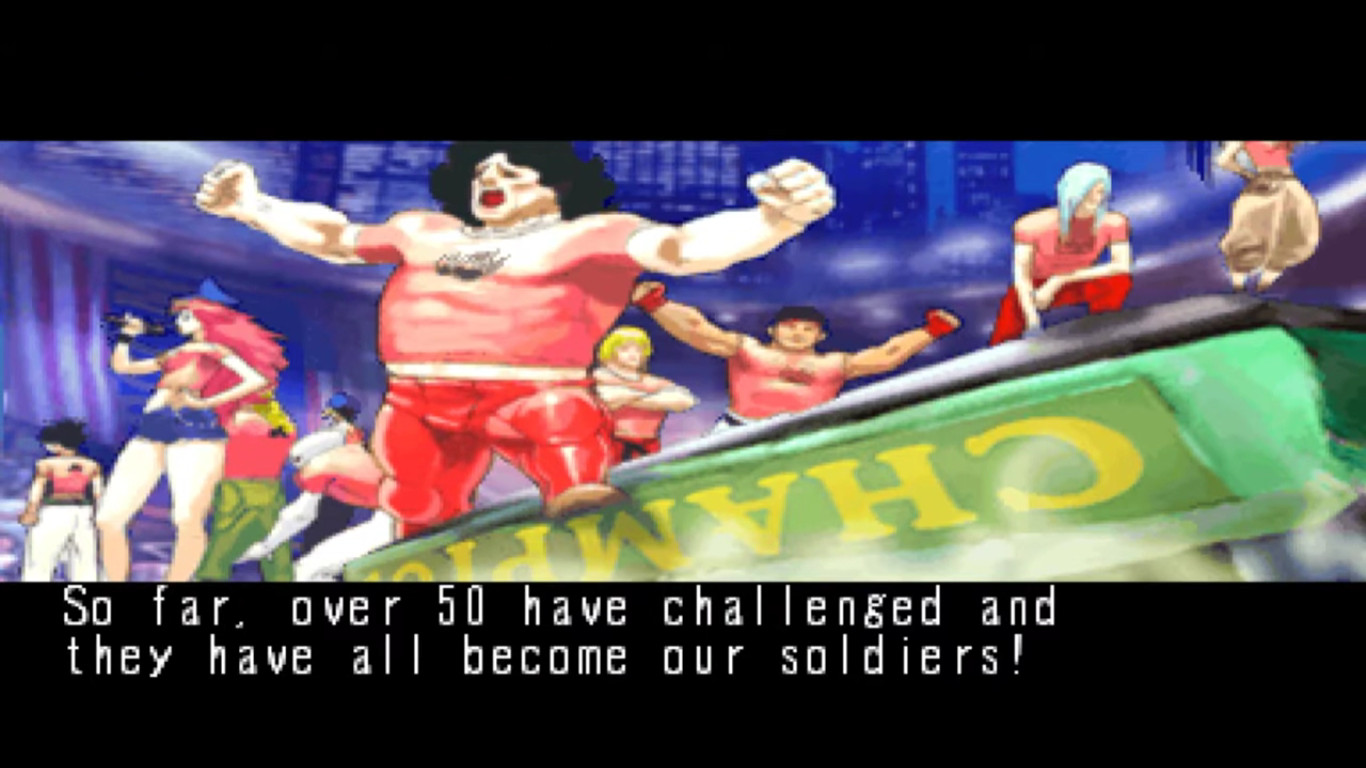The Street Fighter universe boasts a diverse cast of characters, each with their own unique stories and motivations. While some characters, like the enigmatic Ryu or the power-hungry M. Bison, are steeped in complex narratives, others appear more straightforward. Ken Masters, for instance, despite his central role in the franchise, often presents himself as an open book. Even his brief stint as Violent Ken, as seen in Ultra Street Fighter II: The Final Challengers, is attributed to Bison’s manipulation, suggesting a lack of inherent darkness. Ken’s focus remains steadfastly on his family and the pure thrill of combat, leaving little room for hidden depths or unexplored theories. Characters like Ken, El Fuerte, and Rufus, while entertaining, don’t always offer the rich lore that fuels fan speculation.
This perceived lack of complexity, however, doesn’t diminish fan interest in exploring darker or alternative storylines for beloved characters. The fan film Street Fighter: Psychosis, directed by Stanton Chong and produced by Eunoia, delves into the concept of Violent Ken, demonstrating the enduring appeal of exploring the hidden facets of even seemingly straightforward characters. You can check out Street Fighter: Psychosis here: https://youtu.be/-pkMi9nUd8g
The fascination with a “dark side” for characters like Ken stems partly from iconic portrayals, such as his darker depiction in the Street Fighter II animated movie. This highlights a crucial aspect of fan engagement: when official narratives are absent or perceived as lacking, fans often fill the void with their own interpretations and “headcanon.” Within the vast Street Fighter community, certain moments and character pairings resonate deeply, sparking endless speculation and creative theories. One such moment, deeply ingrained in fan memory, involves the unexpected and iconic face-off between Alex and Hugo from the Street Fighter III series.
 Alex and Hugo face-off, mirroring the famous Hulk Hogan and Andre the Giant Wrestlemania III stare-down
Alex and Hugo face-off, mirroring the famous Hulk Hogan and Andre the Giant Wrestlemania III stare-down
This striking pose, reminiscent of the legendary Wrestlemania III showdown between Hulk Hogan and Andre the Giant, has become a fan-favorite moment in Street Fighter III.
 Hulk Hogan and Andre the Giant face-off at Wrestlemania III
Hulk Hogan and Andre the Giant face-off at Wrestlemania III
While the visual parallel is undeniable and intriguing, the question remains: can Capcom expand upon this iconic imagery to deepen the narratives of Alex and Hugo? Individually, their stories are often considered less developed compared to other Street Fighter mainstays. Alex, a relative newcomer introduced in Street Fighter III, is often perceived as a solitary figure, with his friend Tom seemingly playing a more significant role in the broader lore.
Tom’s connection to Alex has been explored in various fan theories, including the now somewhat debated “The Alex and Tom Hyper Bomb” theory, which playfully suggested Tom’s involvement in Nash’s fate in Street Fighter Alpha 2. You can delve into this theory here: https://manestreetblog.com/2019/02/20/the-alex-and-tom-hyper-bomb/. Tom also features in “The Street Fighter Code” theory, which explores intriguing, albeit coincidental, connections within the Street Fighter universe: https://manestreetblog.com/2020/11/17/the-street-fighter-code/.
However, analyzing these theories reveals a recurring theme: Alex himself, and Hugo even more so, remain somewhat underdeveloped in terms of deep, intricate storylines. So, how can Capcom leverage these characters, particularly Alex, to create compelling narratives in future Street Fighter installments?
Alex: A Character Poised for Growth in Street Fighter
Alex’s current storyline presents a fascinating blank slate. Gill, the enigmatic leader of the Illuminati, recognizes a unique potential within Alex. Gill’s Third Strike ending depicts him transforming Alex, envisioning him as a figure of “perfect balance,” mirroring Gill’s own dual nature.
 Gill transforming Alex into a being of balance in Street Fighter III
Gill transforming Alex into a being of balance in Street Fighter III
The UDON comics expand upon this, revealing a backstory where Alex’s deceased parents were Illuminati members, positioning Alex as a potential candidate for their prophesied messiah. https://streetfighter.fandom.com/wiki/Alex#UDON_comics
Within the established game canon, Alex seemingly defeats Gill, motivated by revenge for Gill’s attack on Tom. Following this victory, Alex seeks out Ryu, driven by a desire to understand the deeper meaning of fighting. Despite these plot points, Alex’s narrative arc feels somewhat incomplete, lacking a clear direction or overarching purpose. This narrative ambiguity, however, presents a significant opportunity for Capcom to develop Alex into a more central and compelling character within the Street Fighter universe.
Hugo: Wrestling Roots and Untapped Potential
Similarly, Hugo’s story, while entertaining, also lacks significant depth. Originating as a member of the Mad Gear gang in Final Fight, Hugo transitioned into professional wrestling under the management of Poison. His Second Impact ending revolves around his quest to form a tag team, with potential partners ranging from Ryu and Necro to Gill and Elena, depending on player choices. Notably, Alex is absent from this list of potential tag team partners. The canonicity of these endings remains unclear, further contributing to the sense that Hugo’s narrative is open for future development.
The Tag Team Solution: Alex and Hugo Unite
Considering their individual narrative gaps and the iconic pose that unites them visually, the idea of Alex and Hugo forming a tag team emerges as a natural and compelling direction. Both characters are seeking something: Alex grapples with his identity and purpose, while Hugo strives for recognition as the world’s greatest wrestler, aiming to honor his mother. A partnership could provide mutual growth. Alex could gain ambition and direction from Hugo’s focused drive, while Hugo could learn humility and the value of familial bonds from Alex’s strong connection with Tom and Patricia.
But what would be the ultimate goal of such a tag team? How could this partnership impact the broader Street Fighter narrative? To answer this, we can look to Hugo’s Third Strike ending, which introduces a fascinating concept: the Huge Wrestling Army (HWA). https://www.youtube.com/watch?v=7VUY9EbWiUA
 The Huge Wrestling Army (HWA) featuring Hugo, Poison, and various Street Fighter characters
The Huge Wrestling Army (HWA) featuring Hugo, Poison, and various Street Fighter characters
The HWA, led by Poison, envisions itself as the premier wrestling promotion in the world. Hugo’s ending depicts a humorous scenario where numerous Third Strike characters, including Ryu, Ken, Ibuki, and Twelve, have joined the HWA after losing to Hugo in one-on-one matches.
 A wider view of the HWA roster, showcasing its diverse membership
A wider view of the HWA roster, showcasing its diverse membership
Eagle-eyed fans will notice a familiar face among the HWA ranks:
This visual evidence suggests that an Alex and Hugo tag team, leading to their involvement in the HWA, isn’t just a fan fantasy but potentially a logical progression within the Street Fighter storyline. However, the HWA’s roster raises an interesting point: many of its members are not traditional wrestlers. This apparent incongruity could be easily resolved by expanding the HWA’s recruitment to encompass the numerous wrestlers within the Street Fighter universe, such as Zangief, Rainbow Mika, El Fuerte, Laura, and even characters from Capcom’s wrestling game Saturday Night Slam Masters.
The UDON comics further explored this wrestling crossover with Street Fighter: Wrestlepalooza, depicting various Street Fighter characters engaging in wrestling matches.
While competition is inherent in wrestling, the concept of wrestlers uniting for a common cause opens exciting narrative possibilities.
HWA: A Benevolent Faction in Street Fighter 6?
Previous theories have suggested Street Fighter 6 might revolve around faction warfare, with different groups vying for global influence. The Illuminati, remnants of Shadaloo and S.I.N., and the Kanzuki Zaibatsu are all established factions with vested interests. The HWA could emerge as another faction, albeit one with more positive and transparent intentions. In a world of shadowy organizations, the HWA, alongside the Kanzuki Zaibatsu, could represent a more benevolent force.
However, incorporating a large roster of wrestlers into the HWA also introduces potential complications. As explored in previous theories, characters like E. Honda and Hakan might already be compromised or manipulated. https://manestreetblog.com/2019/08/06/the-truth-about-e-hondas-arcade-mode-ending/
This raises the intriguing possibility that the Huge Wrestling Army, seemingly a force for lighthearted competition, could inadvertently be entangled with more sinister forces, perhaps even connected to G, the mysterious figure with global influence. This potential conflict and intrigue surrounding the HWA, and the central role of an Alex and Hugo tag team within it, offers a rich narrative avenue for future Street Fighter games, particularly Street Fighter 6.
